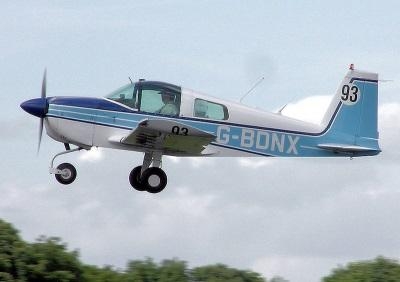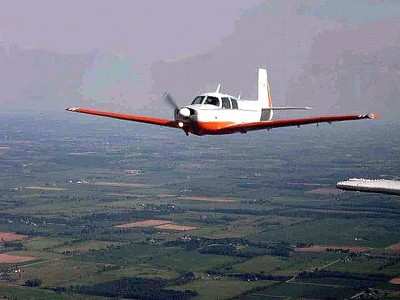Fri, Jan 27, 2017
Beechcraft, Grumman, Maule, Mooney Models Added To The List
More than two dozen aircraft models are now eligible to use the affordable Dynon flight displays allowed through a Supplemental Type Certificate process created by the Experimental Aircraft Association, in partnership with Dynon and the FAA. This adds to the more than two dozen aircraft already eligible through the EAA Accessible Safety STC program introduced last April.

The expansion of the Approved Model List (AML) for the Dynon EFIS-D10A and Dynon EFIS-D100 models now include a number of Beechcraft, Grumman, Maule, and Mooney aircraft. The Cessna and Piper aircraft models allowed to use the STC have also increased.
“We would like to thank the FAA Chicago Aircraft Certification Office for working with us on our request to add more types to the approved model list,” said Sean Elliott, EAA vice president of advocacy and safety. “We have already begun developing the list for the next round of expansion.”
The aircraft eligible for the EAA Accessible Safety STC now includes:
- Beechcraft: Bonanza, Debonair, Musketeer, Sundowner, Sierra, and Skipper
- Cessna: 150, 152, 170, 172, 175, 177, 177RG, 180, 182, 185, 205, 206, 207, and 210
- Grumman: AA-1 and AA-5
- Maule: M-4, M-5, M-6, and M-7
- Mooney: M20
- Piper: PA-24, PA-28, PA-32, and PA-38

The STCs sell for $100 to EAA members through EAA STC, LLC, and allow for the installation of the Dynon unit as either a primary or backup attitude indicator in eligible aircraft. The display is connected to the aircraft’s pitot-static system and will back up all primary flight instrumentation. A magnetometer, outside air temperature probe, and angle of attack probe are optional peripherals that expand the system’s functionality. The STC’s instructions for continued airworthiness have also been updated to clarify that the Dynon unit may be used either as primary instrumentation or as a backup.
While the Dynon STC aircraft list has expanded, EAA is working with the FAA to create a broader tiered Parts Manufacturer Approval (PMA) process that will provide long-term support for the installation of low-risk, safety-enhancing equipment in type-certificated aircraft. This is part of advancing EAA’s goal of bringing the affordable innovations found in amateur-built aircraft to the broader general aviation community.
(Source: EAA news release. Image from file)
More News
19-Year-Old Pilot Was Attempting to Fly Solo to All Seven Continents On his journey to become the first pilot to land solo on all seven continents, 19-year-old Ethan Guo has hit a >[...]
From 2017 (YouTube Edition): A Quality LSA For Well Under $100k… Aeroprakt unveiled its new LSA at the Deland Sport Aviation Showcase in November. Dennis Long, U.S. Importer>[...]
Hazardous Weather Information Summary of significant meteorological information (SIGMET/WS), convective significant meteorological information (convective SIGMET/WST), urgent pilot>[...]
Aero Linx: Historic Aircraft Association (HAA) The Historic Aircraft Association (HAA) was founded in 1979 with the aim of furthering the safe flying of historic aircraft in the UK>[...]
"We would like to remember Liam not just for the way he left this world, but for how he lived in it... Liam was fearless, not necessarily because he wasn't afraid but because he re>[...]
 TikToker Arrested After Landing His C182 in Antarctica
TikToker Arrested After Landing His C182 in Antarctica Classic Aero-TV: Versatile AND Practical - The All-Seeing Aeroprakt A-22 LSA
Classic Aero-TV: Versatile AND Practical - The All-Seeing Aeroprakt A-22 LSA ANN's Daily Aero-Term (06.27.25): Hazardous Weather Information
ANN's Daily Aero-Term (06.27.25): Hazardous Weather Information ANN's Daily Aero-Linx (06.27.25)
ANN's Daily Aero-Linx (06.27.25) Aero-News: Quote of the Day (06.27.25)
Aero-News: Quote of the Day (06.27.25)




